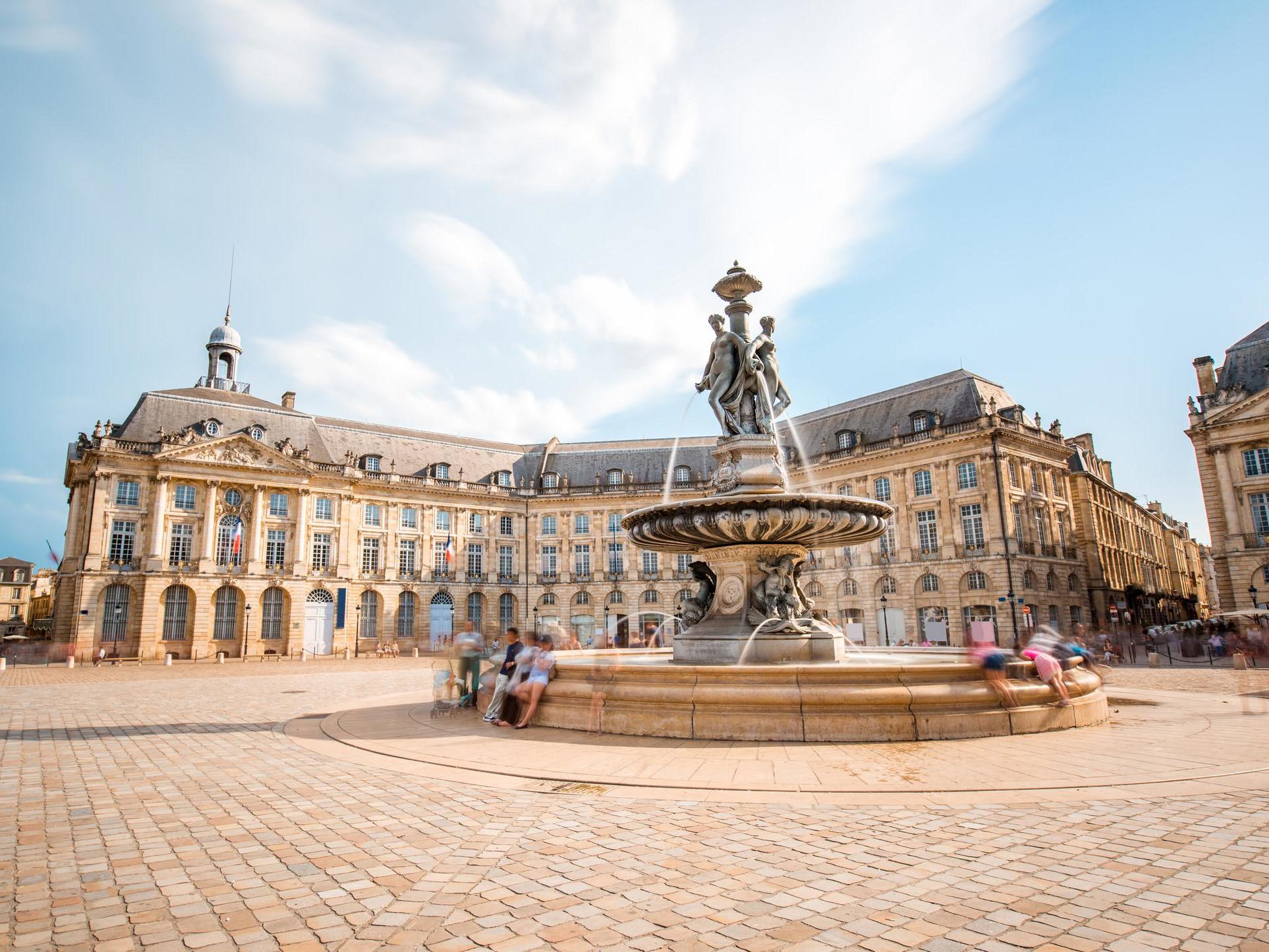Get rail: the best places to visit by train – not plane – in 2020
The movement towards a less harmful travel option is slowly gathering pace, with more and more travellers choosing to stay on the ground. Make the journey as important as the final destination with these stopping points, from Paris by Eurostar all the way to Hong Kong on a bullet train. Cathy Adams reports


If 2019 was all about the advent of sustainable travel, then 2020 looks like the year that people might actually start putting their money where their mouth is – by starting to choose the train over the plane.
There’s the growing “flight shame” movement, the Swedish “train brag” craze, and campaigns such as Flight Free 2020, which is asking 100,000 people to stop flying next year – all of which are building real momentum for people to ditch carbon-unfriendly aircraft for relatively light-on-the-environment trains.
I’m guilty of favouring the plane over the train – unless my destination is Paris or Manchester. On the whole, flying is cheaper and quicker, although I hate the faff. The constant measuring and weighing of hand baggage to make sure it squeezes into the Ryanair cage, the distilling of shampoo into smaller bottles, the compression socks... not to mention the requisite two hours in advance at the airport.
If you have the time and energy to travel on the rails rather than by a pair of wings, much of Europe is your oyster. And that doesn’t have to mean going further than Paris, Brussels or Amsterdam (all very accessible on Eurostar’s network). Here are our most inspiring places to get to by train in 2020, whether you’re going flight-free or not.
Let’s start on home turf. The Caledonian Sleeper relaunched the London to Scotland overnight service in spring 2019, with new luxed-up carriages. It got off to a bad start – delays, cancellations and breakdowns – but the operator, Serco, promises things will improve in 2020. Leave London in the evening, and arrive in the Scottish Highlands early the next morning.

Wherever you’re headed in France, Paris is almost certainly the entry point (unless you get off in the northern powerhouse of Lille, a tempting one hour, 22 minutes from London St Pancras). If you a couple of hours for meandering before your onward journey – perhaps going for a wander on the Promenade Plantee, popping into the post-modern Pompidou Centre, having a sundowner on the roof of Philippe Starck’s cutting-edge Brach hotel in the 16th arrondissement – then there’s no better place than Paris to do it.
Where next? It’s a two-hour glide from the capital’s Gare de l’Est to Epernay, a hub of the Champagne region, and home to many famous maisons. There’s blinged-up Moet & Chandon, of course, but also smaller houses such as Perrier-Jouet and Esterlin, all lining the appropriately named Avenue du Champagne. The excellent, recently opened Royal Champagne Hotel & Spa makes a decadent retreat to bed down in if you’re too buzzed from the bubbles.

Pinballing south from Paris, there’s glamorous-gritty Marseille, France’s wind-blown second city, home to bouillabaisse, the chaotic Marche des Capucins (2019 was Marseille’s year of gastronomy), and the concrete and iron lattice-covered Museum of European and Mediterranean Civilisations. Eurostar runs a direct service from the UK during the summer months.

In France’s pastoral southwest, there’s Bordeaux – recently minted as one of the best in Monocle’s small cities index and home to 112,000 hectares of some of France’s finest winelands. The Medoc lies to the northeast and Graves and Sauternes to the southeast, their vines heavy with cabernet sauvignon and merlot grapes... You wouldn’t want to fly after sinking litres of this, anyway.
Into snowsports? During the winter, Eurostar runs the ski train from St Pancras to Moutiers, Aime-La Plagne and Bourg-St-Maurice in the Alps, meaning you can snap straight to the slopes without the arduous three-hour coach transfer up the mountains.

A shade under 10 hours from London is Barcelona, Gaudi’s cosmopolitan, modernist tourist trap. While Barcelona creaks under the weight of tourist arrivals – 32 million people visited in 2018, far outweighing its 1.6 million residents – either escape up the coast to foodie Girona, or take the train three-and-a-bit hours south to lovely Valencia on the Costa Blanca. In March, the fiery Las Fallas festival storms into town, while the wide, white-sand city beach is easily reachable by tram. As is starchitect Santiago Calatrava’s spacey City of Arts and Sciences.

Rounding off the Eurostar network in northern Europe are Brussels, Amsterdam and Rotterdam – the latter being just under four hours by train from London. Previously poorly connected to the UK, the Netherlands’ second city is a spunky, fun little place that deserves more tourists. There’s the banana-yellow Cube Houses; the horseshoe-shaped food haven Markthal, full of local delicacies (a lot of waxy Rotterdam cheese, then); plus the stunning harbour-front that doubles as an architectural hall of fame: spot buildings by Rem Koolhaas and Sir Norman Foster.
These hubs also allow for fast exploration into Belgium and the Netherlands’ other cities: the cultural hub of Ghent in Belgium; Leiden, birthplace of Rembrandt, in the Netherlands; and medieval Haarlem, just outside Amsterdam, known for its picture-perfect windmills and tulips.

Looking further east: Moscow, Berlin, Warsaw beckon. I spent a very happy three weeks interrailing from Bucharest, Romania’s capital, to Krakow, Poland’s cultural capital, by way of Budapest, Vienna and Prague. Twelve years after my trip, Interrail still offers an intoxicating proposition for train travellers: it covers an area as wide as Athens to Aberdeen, from Catania in Sicily to Kiruna in Swedish Lapland.

But why stop in Europe? Once you’ve reached Moscow (most definitely not via a cheap Wizz Air flight, which launched this autumn from London Luton), the far reaches of Asia suddenly don’t seem that far-flung, thanks to an expensive-but-worth-it Trans-Siberian journey. The Mongolian capital, Ulaanbaatar, and the great Chinese cities of Beijing, Xian, Shanghai and Guangzhou are all within reach on a bullet train network mushrooming across China. And from Guangzhou, the 2018 launch of fast trains across the border to Hong Kong will take you about as far into the subtropics as you can get in one easy journey from the UK.
Yes, it’s almost 6,000 miles from London to Hong Kong and the journey will take at least a fortnight. But that’s the point of train travel in 2020: that the journey should be as big a part of the travel experience as the destination.
Join our commenting forum
Join thought-provoking conversations, follow other Independent readers and see their replies
Comments